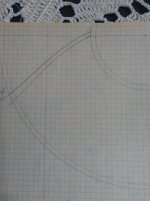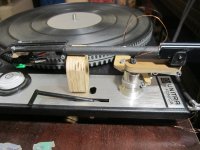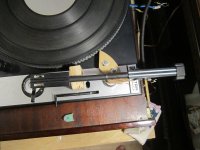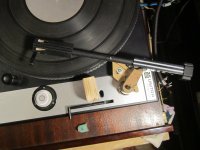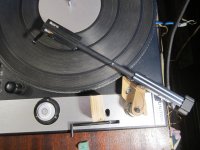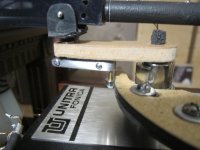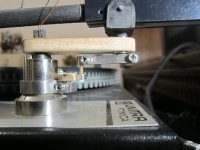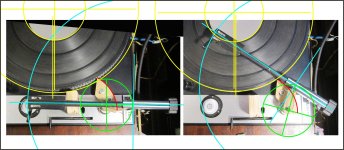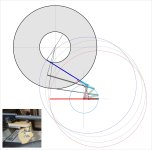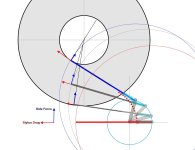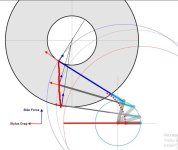Greetings to all forum members and readers.
I want to support this topic.
I introduced myself in the "DIY linear tonearm" topic and will not introduce myself here.
I really like this topic and I read it completely a year ago.
Unfortunately, many photos do not open.
Over the past year, I have made about a dozen different designs of rotary tangential tonearms of my own design. About half of them failed.
I cannot boast of the brilliance of my tonearms like Carlo's. But they also work.
My tonearms are my toys.
These are experimental models from a hammer and chisel. And they do not have an external gloss.
Among them, there is one tonearm that I cannot call my own development.
I will show this tonearm here.
This design was inspired by the tonearm "Schroeder LT" by Frank Schroeder.
It's like a clone of the Schroeder LT, only turned inside out.
I even gave it the name "Aki Schroeder".
"Aki" in Old Russian means "as if".
I hope Frank won't be offended by me for this.
I tested this tonearm for about a month, listened to many records and it showed good performance.
It even passed records with large defects easily and effortlessly.
Large eccentricities are not a problem for it either.
I am showing a short video of the bearing moving along the guide with a large eccentricity.
I apologize for the low quality of the recording, but it clearly shows the movement of the bearing along the guide back and forth.
The first photo shows the needle movement trajectory with different guide sizes.
I hope to show other works of my own design in the future.
Best regards,
AG.
